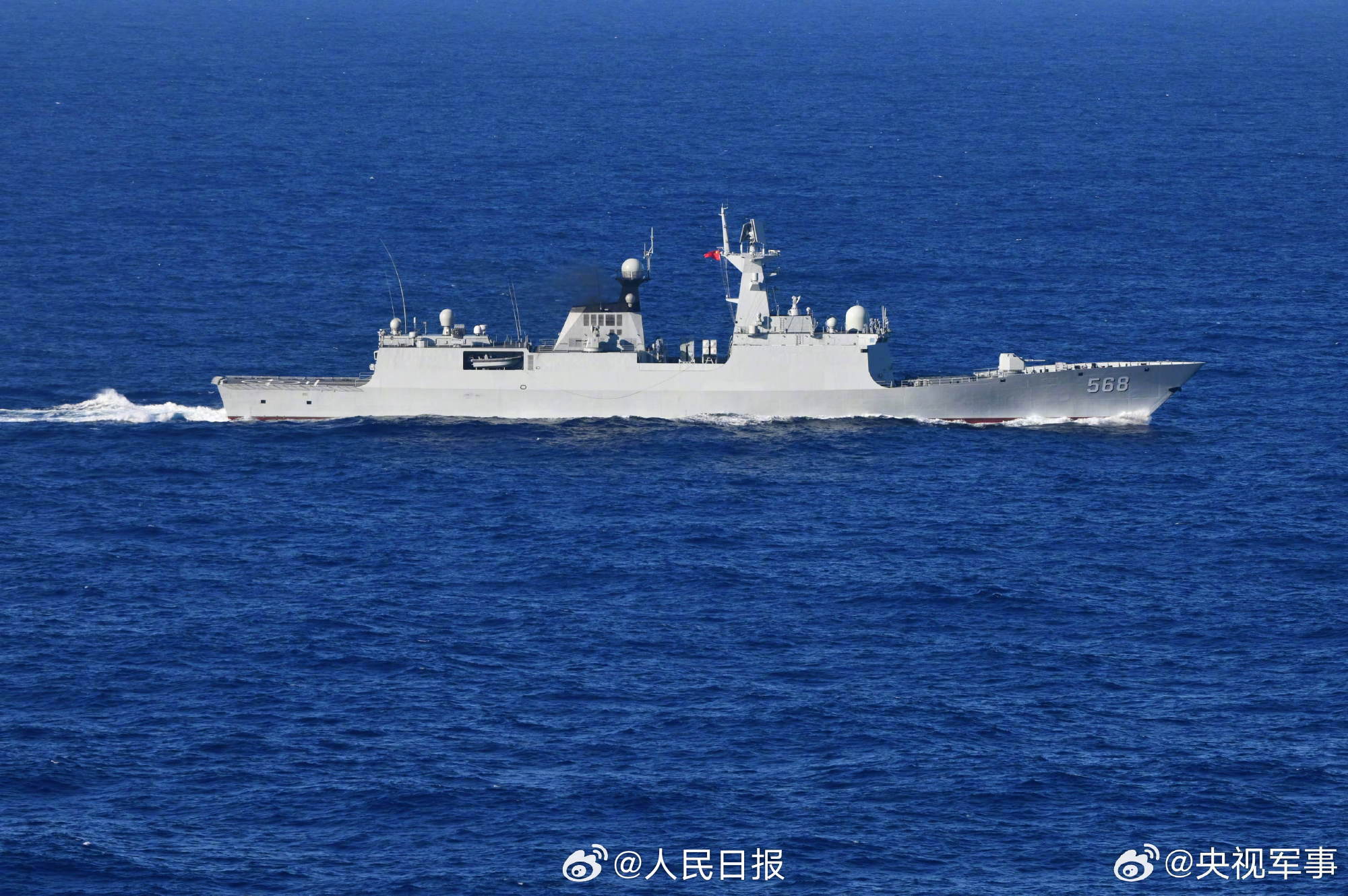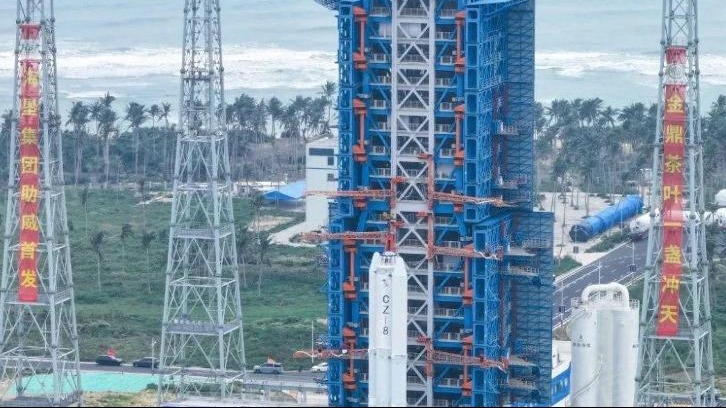
** turbulence **
** turbulence ** refers to the state of a fluid where there is a rapid and irregular flow of particles. This phenomenon can be observed in various natural and artificial settings, such as in the movement of water in rivers, the flow of air in the atmosphere, or even in the behavior of gases in combustion engines. The study of turbulence is crucial in many fields, including meteorology, engineering, and physics, as it helps in understanding and predicting complex fluid dynamics.
When ** turbulence ** occurs, the flow of the fluid becomes highly irregular, with fluctuations in velocity and pressure. This chaotic behavior can lead to the formation of eddies and vortices, which further complicate the motion of the fluid. These eddies can vary in size, from large-scale structures that span the entire flow field to smaller, more localized ones. The interaction between these structures is what gives turbulence its unpredictable nature.
Understanding the mechanisms behind ** turbulence ** has been a challenging task for scientists and engineers. Despite significant advancements in computational fluid dynamics and experimental techniques, a complete theoretical framework to describe turbulence is still elusive. One of the key aspects of turbulence research is the study of its statistical properties, such as the distribution of energy across different scales of motion. This has led to the development of models like the Kolmogorov theory, which provides a scaling law for the energy spectrum in isotropic turbulence.
In practical applications, controlling and predicting ** turbulence ** is essential for optimizing the performance of various systems, such as aircraft wings, pipelines, and wind turbines. For instance, reducing turbulence in airplane wings can lead to decreased drag and improved fuel efficiency. Similarly, in the design of wind turbines, understanding turbulence helps in enhancing the stability and energy capture of the system. Furthermore, in the field of meteorology, predicting turbulent conditions in the atmosphere is vital for weather forecasting and aviation safety.
Another important aspect of ** turbulence ** is its role in mixing processes. In many natural and industrial systems, turbulence enhances the mixing of fluids, which is essential for processes like chemical reactions, heat transfer, and the dispersion of pollutants. The chaotic motion of turbulent flows ensures that substances are mixed more efficiently than in laminar flows, where the mixing is primarily driven by molecular diffusion.
In summary, ** turbulence ** is a complex and fascinating phenomenon that plays a significant role in various scientific and engineering disciplines. While we have made considerable progress in understanding its characteristics and behaviors, there is still much to learn. Continued research and advancements in computational and experimental techniques will undoubtedly shed more light on the mysteries of turbulence, enabling us to harness its potential and mitigate its challenges in real-world applications.
turbulence #fluiddynamics #chaoticher #complexsystems #eddyflows

2025考研国家线首次全面下降,专家:实际录取分数线可能会涨
九派新闻

明起考研初试成绩陆续公布 5个查询通道提前收藏!
央视新闻客户端

杜江峰任教育部副部长,齐家滨任国家公务员局局长
人社部网站

“哪吒热”引发孩子爱上传统文化,中国古代神话故事书热销
北京日报客户端

王楚钦夺得乒乓球亚洲杯男单冠军
人民日报客户端

药品追溯码归集超200亿条 买药更安心
新华社

起草组成员解读中央一号文件:农业增效益、农村增活力、农民增收入
人民日报
“尔滨”明年见!哈尔滨冰雪大世界将于26日闭园
人民日报微博

顶流“哪吒”如何让全产业链踩上“风火轮”?
央视新闻客户端

三问“外卖员交社保”:成本谁来承担?后续如何保障?劳动关系如何确认?
成都商报


























































